This article is for people who have never set up a VPS before.
It’s really simple to set up a VPS. Vultr was chosen as my VPS provider because they give efficient service and excellent performance backed by benchmarks. Other VPS providers, such as DigitalOcean or Linode, are also available, but this post concentrates solely on Vultr. Those are only a few examples.
How To Create your first VPS on Vultr
Step 1. Create your account
To begin, you must first create an account on Vultr.
If you join up for an account through my affiliate link ending in *, you’ll receive a $100 Vultr coupon. The unused portion of the $100 credit will expire after 30 days.
Step 2. Create your VPS
After you log in, you will see the Dashboard shown below. To create a new server, click the blue + icon.

Step 3. Select your server type
Following that, you must choose a server type from the four available options.

1. Cloud Compute
The most prevalent sort of VPS.
We compute instances with outstanding results that are ideal for your web application or development environment.
2. High Frequency
If you require even greater performance.
To run your most demanding applications, instances are powered by high clock speed CPUs and NVMe local storage.
3. Bare Metal
Root servers are often referred to. It’s the same as if you owned a physical server, except it’s situated somewhere else.
With high-performance single-tenant dedicated servers, you can maintain complete power over your environment.
4. Dedicated Cloud
Similar to Bare Metal, but with dedicated resources rather than dedicated hardware.
Goodbye, obnoxious neighbors! Create cloud service with dedicated CPUs, SSD drives, and RAM.
Step 4. Select a server location
You can choose a region where your server should be situated based on where you live.
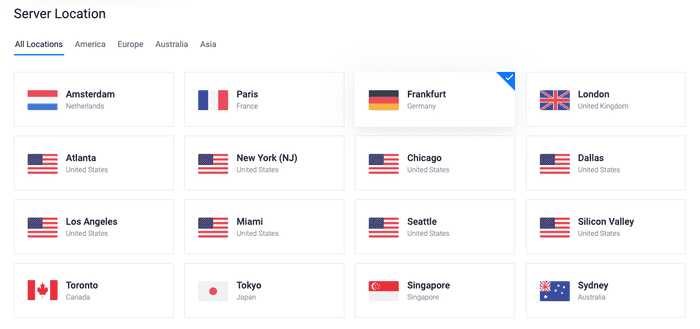
Step 5. Select a operating system
You can choose the server’s operating system (OS) in this phase. I am primarily familiar with Debian-based operating systems such as Debian and Ubuntu. Make sure you choose an Ubuntu version with long-term support (LTS) to receive security upgrades for 5 years after the initial release.

Vultr also has pictures with applications preloaded that can be used. If your operating system isn’t listed on Vultr, you can upload your own ISO file.
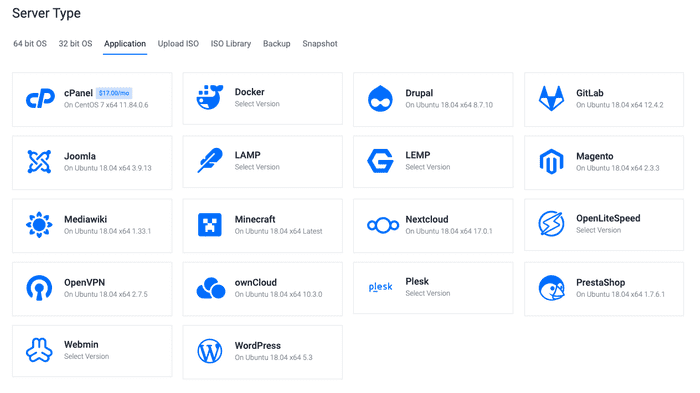
Step 6. Select the specs of your server
The most crucial part is about to begin. In this step, you must determine how many resources you will require.
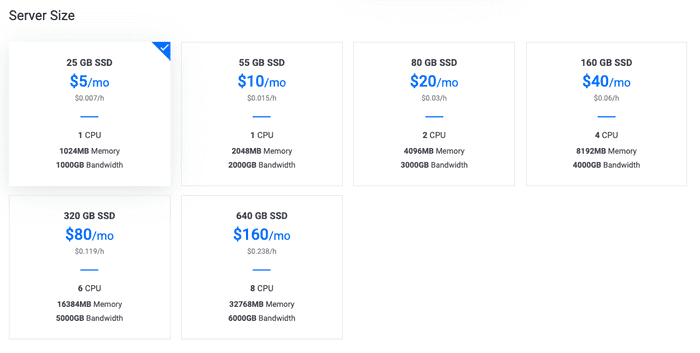
The $5 instance should suffice for tiny websites or web apps to launch. If you also need to host a database with PostgreSQL or MySQL, the $10 instance is certainly a wise decision.
Vultr permits you to enhance your server to a better solution with just one click if you ever think your existing instance is trembling and can’t handle the burden anymore.
Step 7. Deploy your server
Last but not least, you can assign a hostname to your server. Thereafter, you’ll see a summary and can click “Deploy Now” to start building your server.

Step 8. Server overview
Your new server should appear on the dashboard after a few times.

Vultr will drop an email with the server’s IP address and instructions on how to access it.
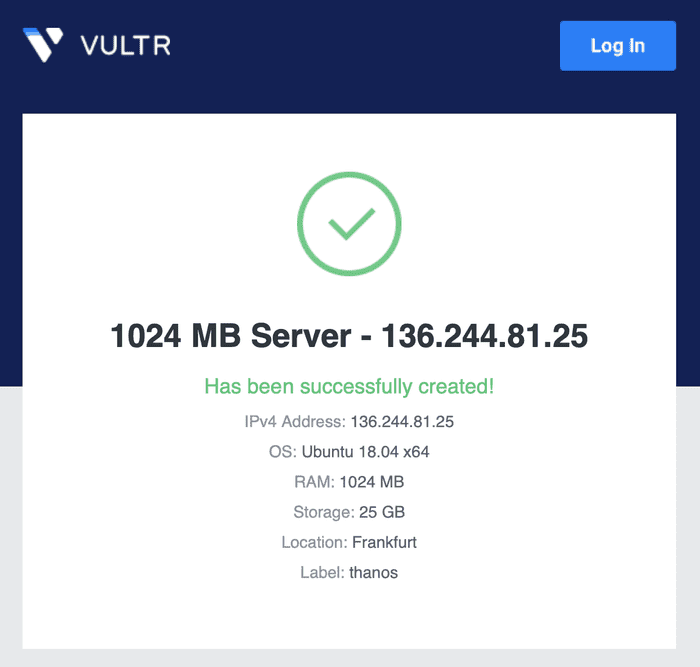
Step 9. Connecting to the server
If you tap on the server in the panel, you’ll see a summary and further settings for interacting with it.
The copy symbol can be used to copy the root user’s password.
To connect to the server on Windows, you’ll need to enable Windows Subsystem for Linux (WSL) or download Putty.
You can simply launch the Terminal program on a Linux or macOS (or Windows 10 with WSL) system and connect through SSH.
ssh root@136.244.81.25
The authenticity of host ‘136.244.81.25 (136.244.81.25)’ can’t be established.
ECDSA key fingerprint is SHA256:E4VbM7b7i2jZO8aBgKSL1jfh6Td9Gv7TTswsSmGHc70.
Are you sure you want to continue connecting (yes/no)? yes
Warning: Permanently added ‘136.244.81.25’ (ECDSA) to the list of known hosts.
root@136.244.81.25’s password:
Welcome to Ubuntu 18.04.3 LTS (GNU/Linux 4.15.0-74-generic x86_64)* Documentation: https://help.ubuntu.com
* Management: https://landscape.canonical.com
* Support: https://ubuntu.com/advantageSystem information as of Wed Feb 12 13:01:10 UTC 2020
System load: 0.0 Processes: 83
Usage of /: 9.4% of 24.55GB Users logged in: 0
Memory usage: 12% IP address for ens3: 136.244.81.25
Swap usage: 0%0 packages can be updated.
0 updates are security updates.root@thanos:~#
Congratulations on creating and connecting to a Vultr server!
It is recommended that you update all of your software and safeguard your VPS by changing the default password, configuring a firewall, and using fail2ban to block intruders. However, this is a subject for another blog article.
In this video, we are gonna show you how to setup a VPS on Vultr:
That’s about it.

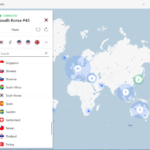

![How to Configure Proxy Settings on Android Devices [FREE] How to Configure Proxy Settings on Android Devices [FREE]](https://windows10freeapps.com/wp-content/uploads/2024/12/setting-up-a-proxy-for-a-wi-fi-network-1-150x150.jpeg)


